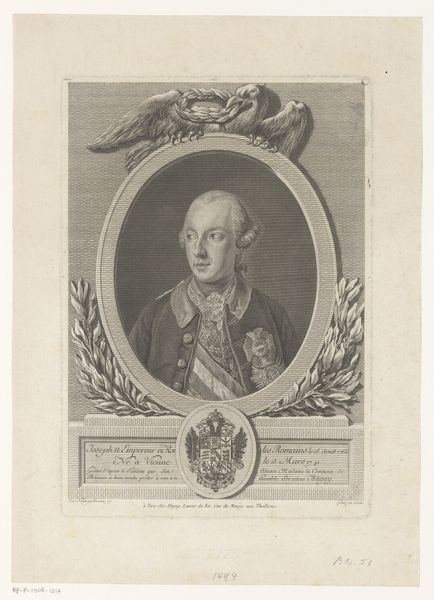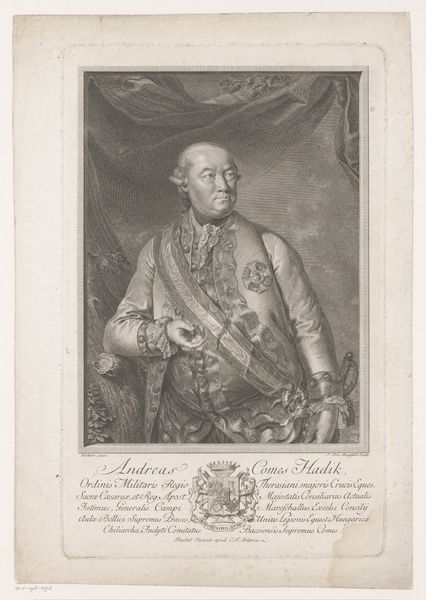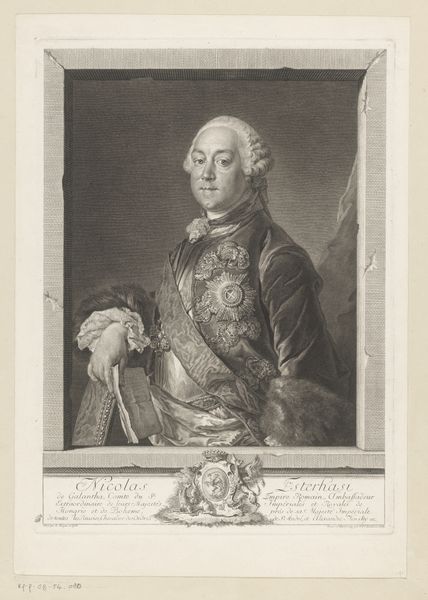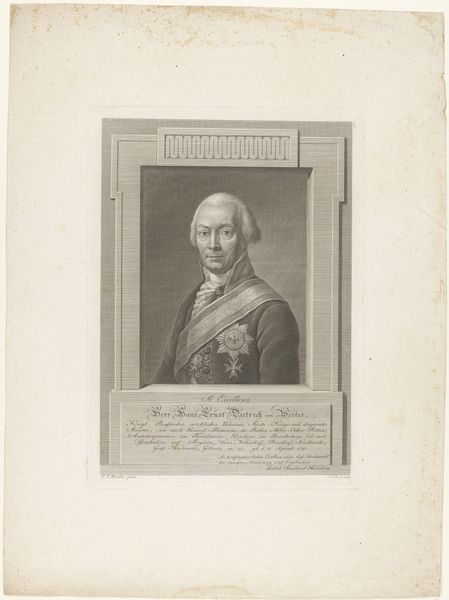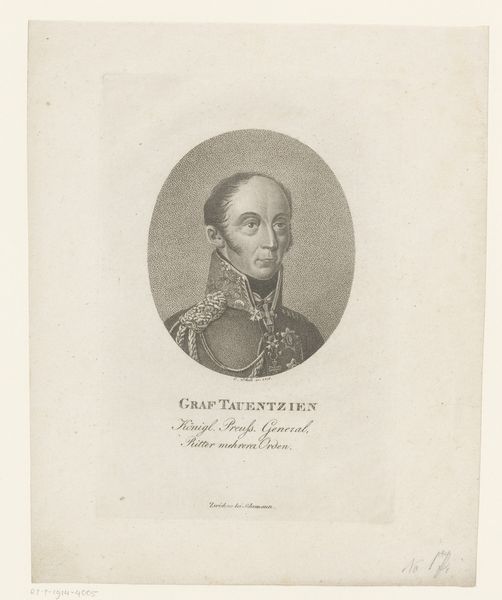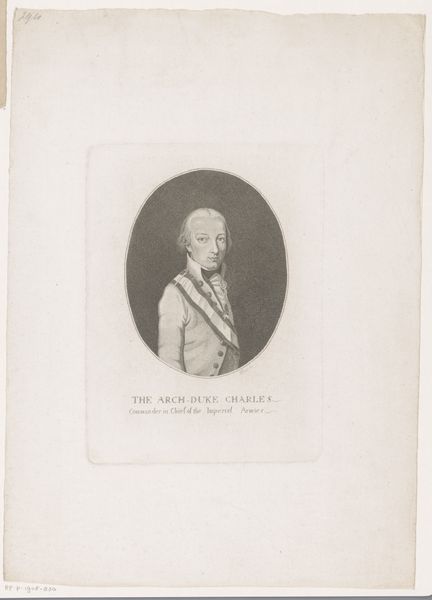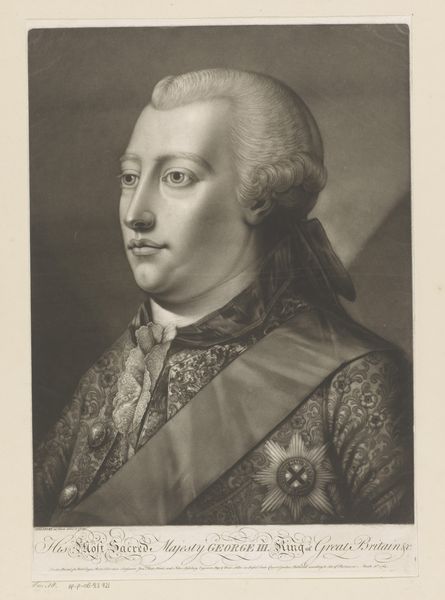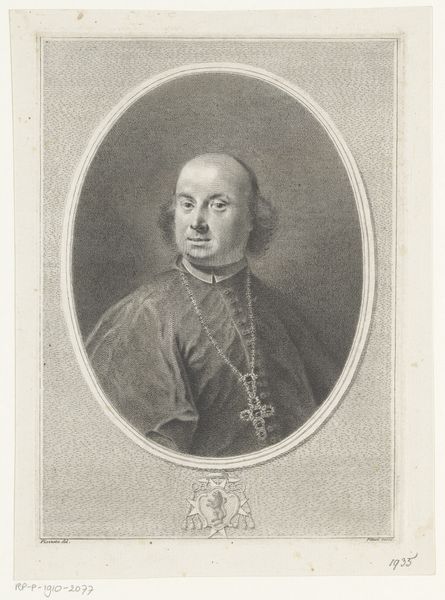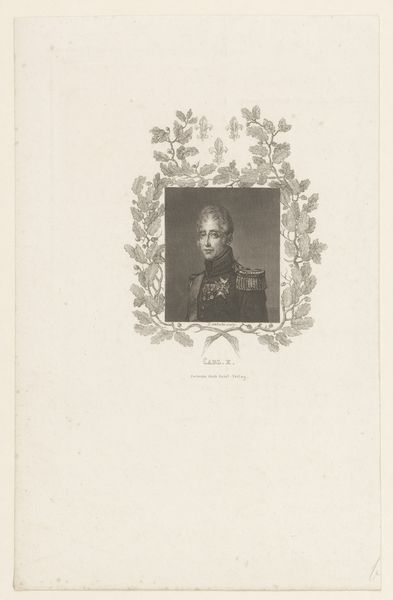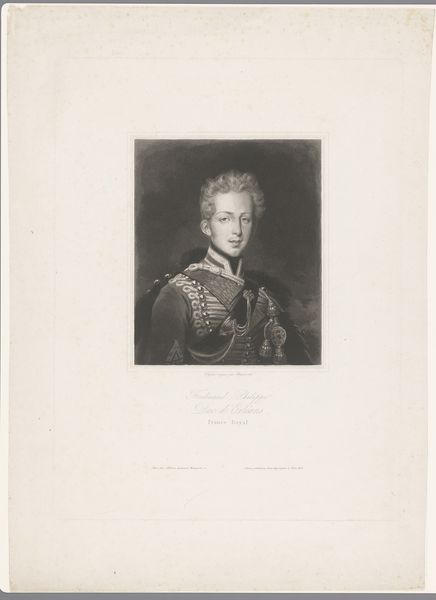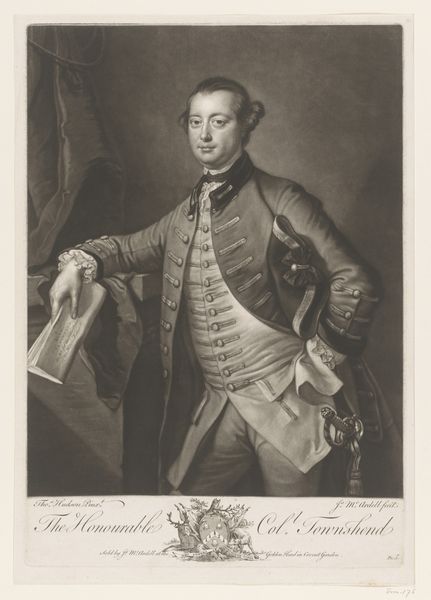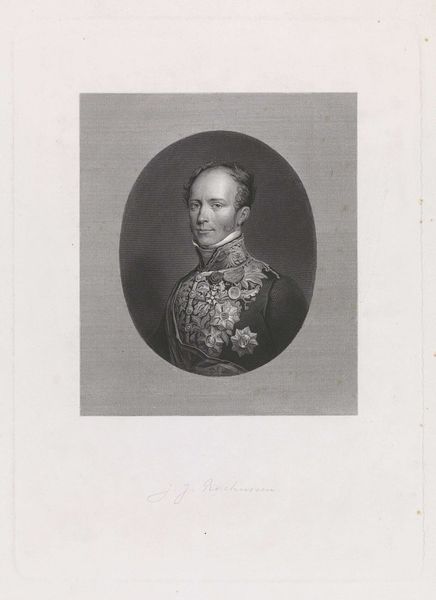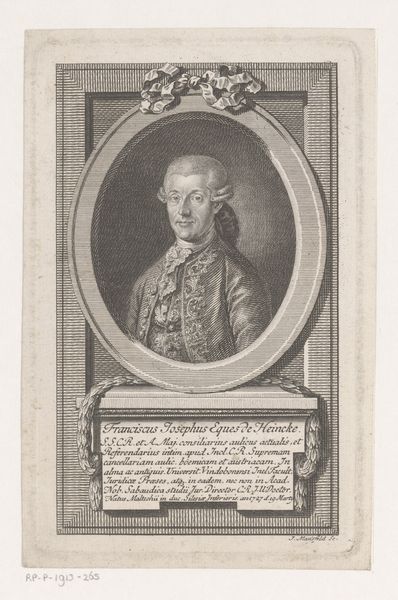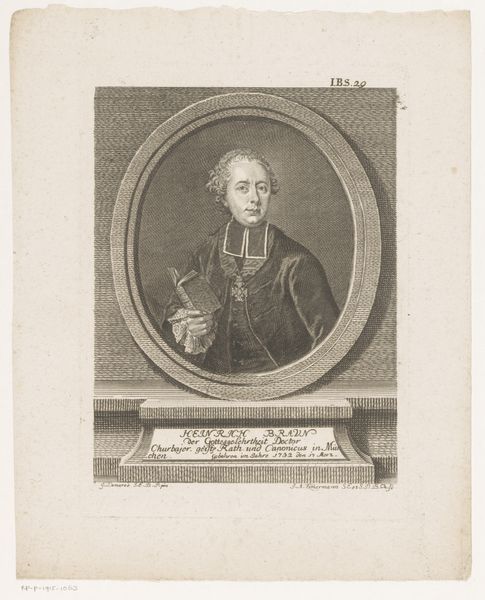
print, engraving
#
portrait
#
neoclacissism
# print
#
old engraving style
#
engraving
Dimensions: height 128 mm, width 91 mm
Copyright: Rijks Museum: Open Domain
Editor: This is "Joseph der Zweite," made in 1791 by Christian Schule, it looks like an engraving. There is a crisp formality to it, especially with all the detail achieved in print form. How can we begin to appreciate this piece through its materiality? Curator: Examining the print medium is vital here. Engravings like this were often mass-produced. It speaks volumes about accessibility and distribution. To produce this would involve labor in ways often unseen in painted portraits - teams and various specialists, as the making is also a business, how does that relate to power in this depiction? Editor: So, it's less about the artist's unique vision, and more about disseminating an image of power widely. What choices did the engraver make, in terms of materials and processes? Curator: Look at the detail achieved. Think of the labor involved in meticulously carving the image onto the plate. Copper was commonly used; relatively affordable, allowing for a significant run of prints. The quality speaks to an investment, indicating the importance the portrayed figure held or wanted to project through this production effort. Editor: Right. So, the very choice of engraving, with its capacity for reproduction, signals something about Joseph II’s ambitions for his image. Does the engraving technique itself convey particular messages beyond the mere visual? Curator: Definitely. Engravings often lend a certain authority to the image. The precision and permanence associated with the process echo qualities the sitter might want to embody: reliability, order, and strength. The means of making becomes aligned with meanings within the subject of the piece, as they became part of culture as an artefact itself. Editor: So by considering the print making process and materials, we can appreciate a totally new depth within this image beyond aesthetics, it is an artefact created as part of and impacted by social cultural circumstances and its place in time! Curator: Precisely. It reveals layers of meaning about not only who he was, but how he sought to construct his image.
Comments
No comments
Be the first to comment and join the conversation on the ultimate creative platform.
